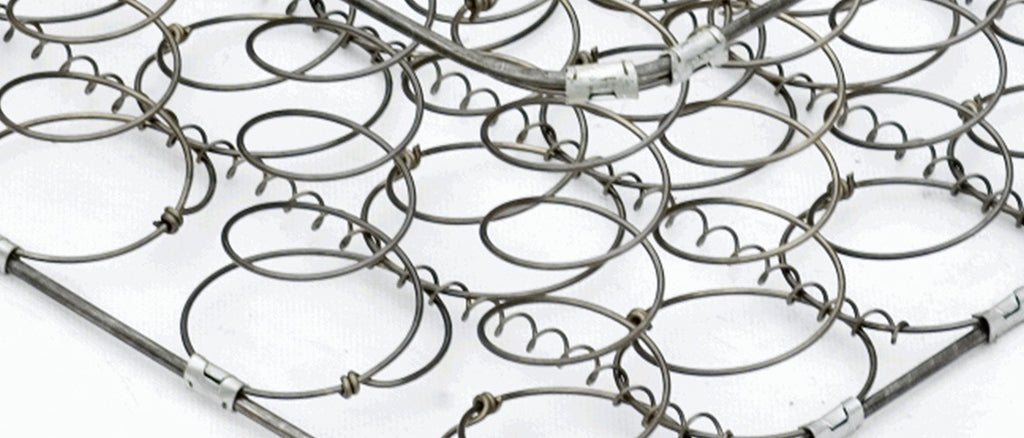Push-Back refers to the force a mattress exerts on you (especially on your back) while you’re lying down on it. This opposing force is important because it keeps your back straight and your spine in proper alignment.
Push back and resistance in a mattress are two separate phenomena that sometime get mingled together. It is true that sometimes the ‘push back’ you might feel on a mattress is just the resistance from the mass of your body at rest (as the weight of your body places progressive pressure on the mattress, the body feels pressure and not necessarily an opposing force pushing you toward the ceiling.); however, real push back, or an opposing force being administered to parts of your body (especially the lighter parts, and the parts that don’t demand much resistance, such as your lower back) can indeed exist in your mattress, and it all comes from the inner coils.
When a coil spring is compressed, it exerts a force roughly equal to its change in length, in physics this is known as Hooke’s Law. Hooke’s Law states that the force with which the spring pushes back is linearly proportional to the distance from its equilibrium length. (As long as the spring is not compressed beyond its elastic limit.) Hooke went on to call this reaction from the coil a restoring force, and like the name suggests, it simply means that when you apply force derived from a mass exerted onto the spring, the spring pushes back in an attempt to restore itself to its natural position and equilibrium.
That’s why it’s not good to have a mattress with too much foam above the coils: the more space there is between your horizontal body and the coils, the lessened the push back.
The vast majority of mattresses on the market today (especially discounted mattresses) have little to no push-back or resistance. There are many reasons but the main ones are: Imported springs are compressed for transport, which ‘softens’ them, and the gauge of most coils is too small. (The smaller the coil, the less steel there is, and the less expensive it is.)
